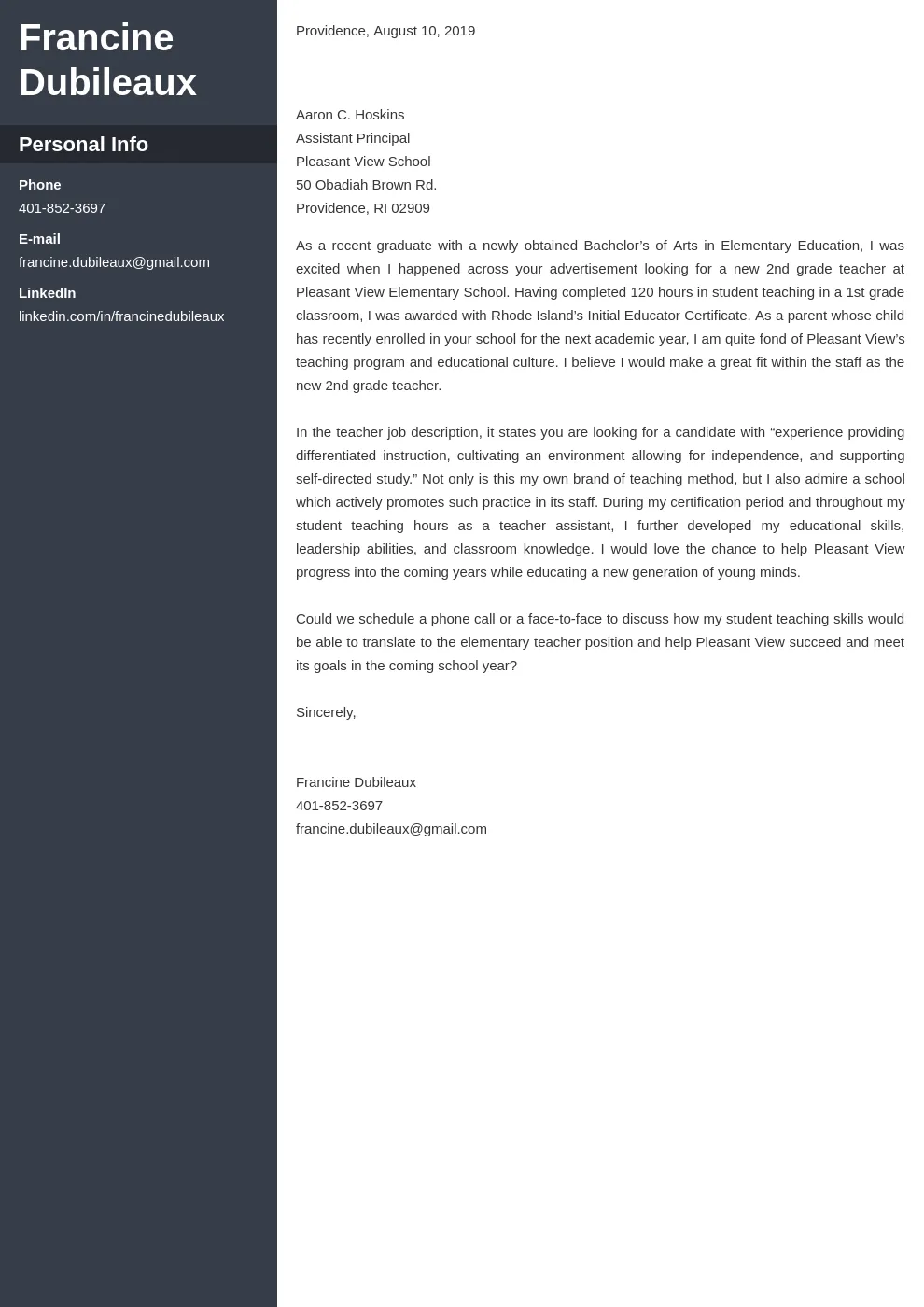Unveiling Teacher Cover Letter Secrets
Crafting a compelling teacher cover letter is essential for landing your dream teaching job. It’s your first opportunity to make a positive impression on the hiring committee and showcase your qualifications. Many job seekers often struggle with writing a cover letter that truly stands out. However, by implementing these top seven secrets, you can significantly increase your chances of getting noticed and securing an interview. This guide will help you unlock the keys to writing a cover letter that effectively highlights your skills, experience, and passion for teaching. This document is your chance to go beyond the resume and tell a story; a story of impact, dedication, and a genuine commitment to shaping young minds.
Highlighting Your Achievements
Rather than just listing your responsibilities, focus on the achievements that demonstrate your impact. Highlight the positive outcomes you’ve achieved in previous teaching roles. Did you improve student test scores? Implement a successful new curriculum? Receive positive feedback from parents or administrators? These are the kinds of accomplishments that will grab the reader’s attention. Use specific examples and quantifiable data to support your claims. Remember, a cover letter is your chance to shine and show off your most notable accomplishments.
Quantify Your Impact
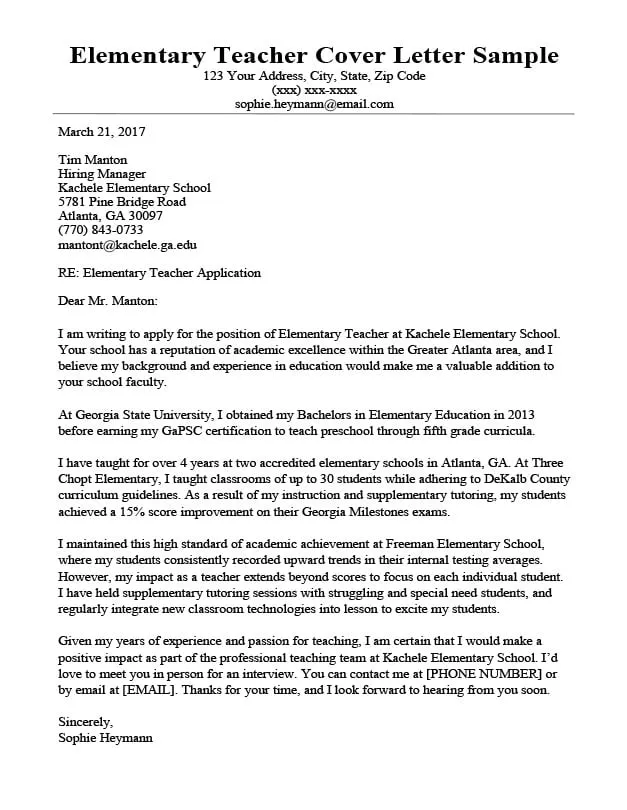
Whenever possible, use numbers and data to illustrate your achievements. For example, instead of saying “Improved student performance,” say “Increased student test scores by 15% in mathematics.” This level of detail provides concrete evidence of your effectiveness and makes your accomplishments more impactful. If you implemented a new reading program, mention the percentage of students who showed improvement. Did you reduce disciplinary issues in the classroom? Provide the percentage decrease. Using data makes your cover letter more credible and demonstrates your ability to deliver results. Remember, hiring managers want to see tangible results.
Showcasing Your Skills
Your cover letter should effectively showcase a range of skills crucial for teaching. This goes beyond simply listing them; you need to demonstrate how you’ve applied these skills in real-world classroom scenarios. Focus on the skills that are most relevant to the specific job description. If the job emphasizes collaboration, provide examples of how you’ve successfully worked with colleagues, parents, and other school staff. If the role requires experience with a specific teaching methodology, provide examples of how you successfully implemented that approach in your classroom.
Curriculum Development Expertise
If you have experience developing or adapting curriculum, this is an excellent skill to highlight. Describe your process for creating engaging and effective lesson plans. Did you develop a new unit on a specific topic? Mention the learning objectives, the activities you used, and the positive results you achieved. If the school emphasizes a particular teaching methodology, demonstrate your experience and familiarity with that method. Detail how you differentiate instruction to meet the diverse needs of all students, using specific examples of how you modified lessons or activities to accommodate different learning styles and abilities. Explain how you integrated technology into your lesson plans to enhance student engagement and learning.
Classroom Management Prowess
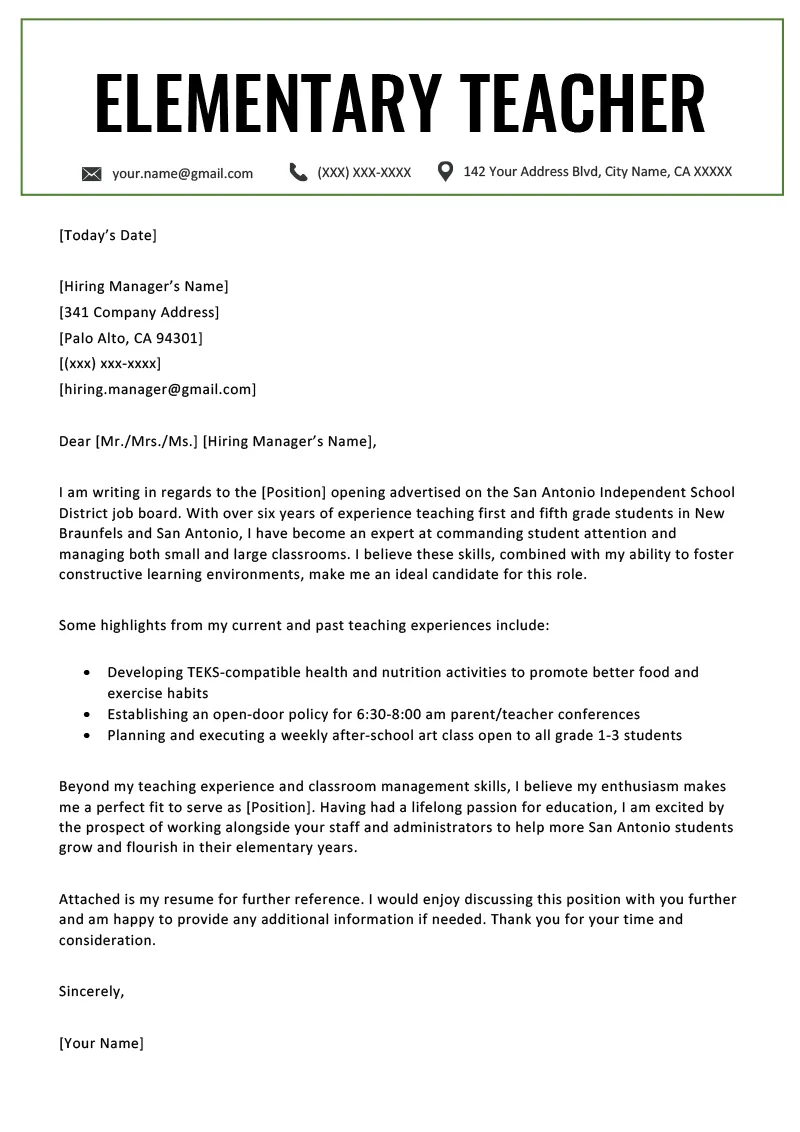
Effective classroom management is a critical skill for teachers. Provide specific examples of how you create a positive and productive learning environment. Describe the strategies you use to establish clear expectations, build rapport with students, and manage student behavior. Mention any specific programs or techniques you have used, such as positive reinforcement, restorative justice, or behavior modification systems. Highlight your ability to resolve conflicts and create a respectful classroom atmosphere where all students feel safe and supported. Include examples of any successful initiatives you have used to promote a positive classroom culture, such as morning meetings or student leadership roles. Your ability to manage the classroom effectively is crucial to student success.
Demonstrating Your Passion
A teacher’s passion for education is a powerful asset. Let your enthusiasm for teaching shine through. Share your love for your subject matter and your genuine interest in helping students succeed. Explain why you chose teaching as a profession and what motivates you to come to school every day. Use vivid language and specific examples to express your excitement for teaching. Share a short anecdote about a student interaction that exemplifies your commitment to students’ success. Show the hiring manager that you’re not just looking for a job but are genuinely excited about the opportunity to make a difference in the lives of students. Hiring managers seek teachers who are genuinely enthusiastic about working with students and making a positive impact.
Expressing Enthusiasm for the Position
In addition to showcasing your general passion for teaching, explicitly express your enthusiasm for the specific position and school. Explain why you are interested in this particular opportunity and what aspects of the school or district appeal to you. Have you researched the school’s mission, values, or programs? Mention what resonates with you. Explain what you admire about the school’s culture and how you believe you can contribute. Show that you are not just sending out a generic cover letter but are truly interested in the specific opportunity.
Tailoring Your Cover Letter
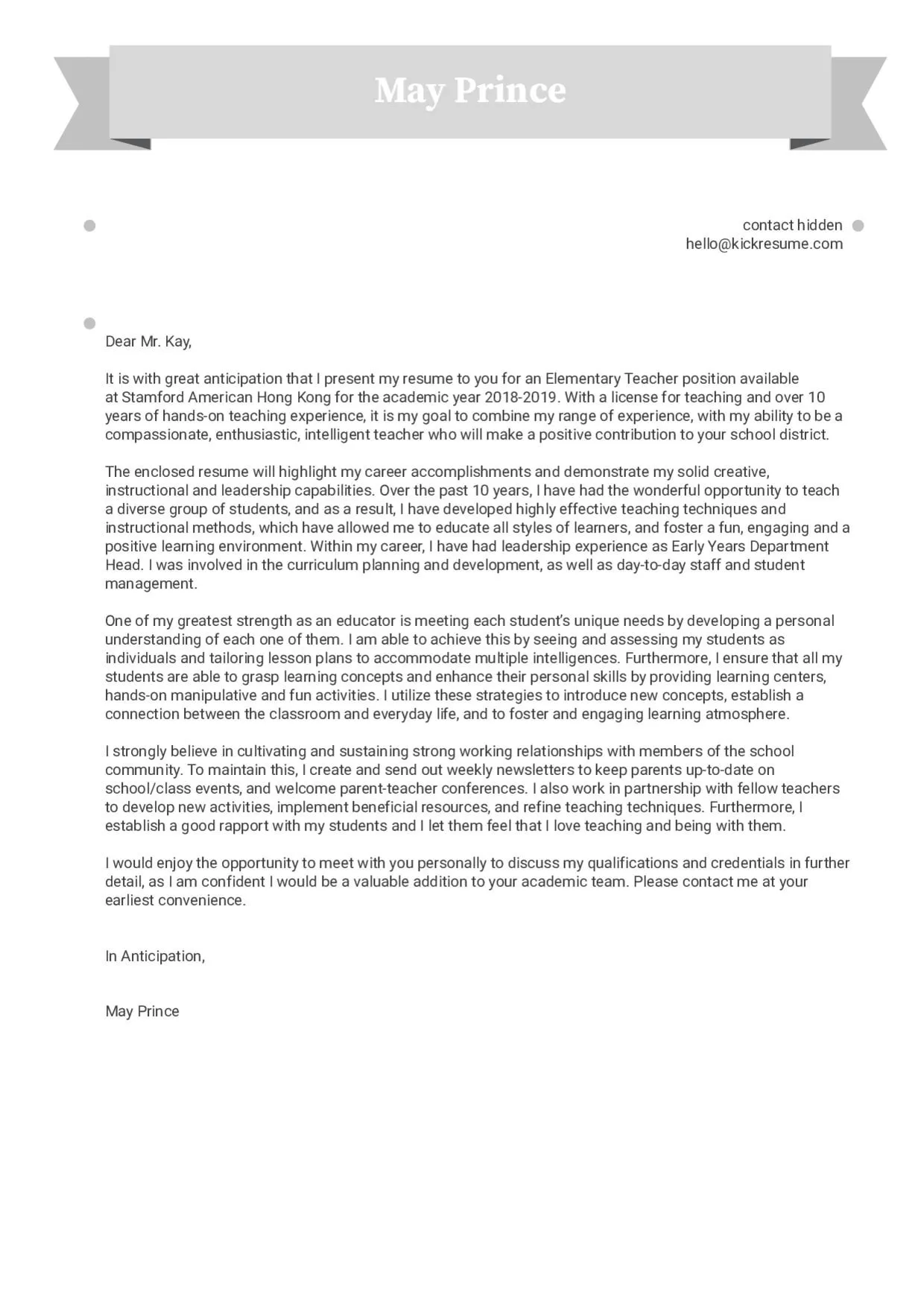
Generic cover letters are a sure way to have your application tossed aside. Tailoring your cover letter to each job application is vital. Read the job description carefully and identify the key skills and qualifications the school is seeking. Then, ensure your cover letter highlights these specific skills and provides examples of how you’ve demonstrated them in the past. This personalization shows the hiring manager that you’ve taken the time to understand the school’s needs and are a good fit for the position.
Research the School
Before writing your cover letter, take the time to research the school. Visit their website, read their mission statement, and learn about their programs and values. This information will allow you to tailor your letter to the school’s specific needs and demonstrate your genuine interest. If the school emphasizes a particular educational philosophy, mention your experience with that approach. If the school has a unique program or initiative, explain why it appeals to you and how you can contribute to it. This will help you show that you are a good fit for the school’s culture.
Customize to the Job Description
Carefully analyze the job description and identify the key requirements and preferred qualifications. Then, tailor your cover letter to address these specific points. Use keywords from the job description in your cover letter, but avoid simply repeating them. Instead, integrate them naturally into your sentences, and provide examples of how you have demonstrated those skills or qualifications in your previous experiences. The more customized your cover letter is, the better your chances of getting noticed.
Formatting Your Cover Letter
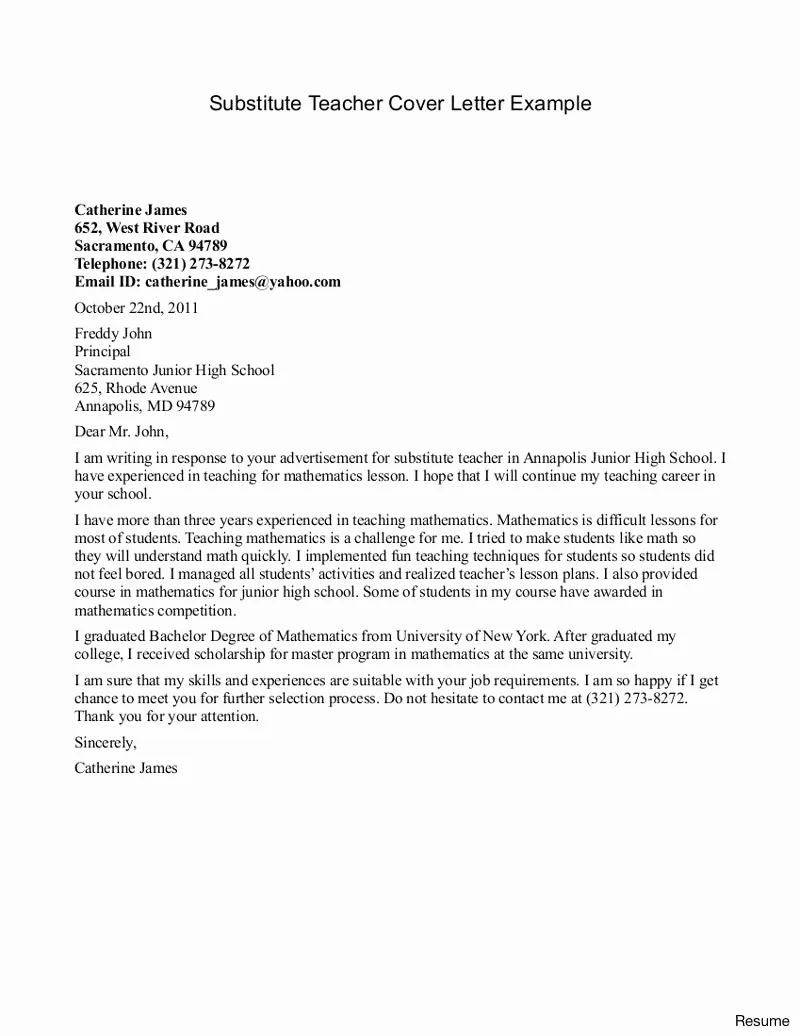
The appearance of your cover letter matters. It should be easy to read and visually appealing. Poor formatting can detract from your qualifications and make you appear unprofessional. Consider using a clear and professional font, appropriate spacing, and proper margins. A well-formatted cover letter shows attention to detail and demonstrates that you care about presenting yourself in the best possible light.
Choosing the Right Font
Select a font that is easy to read and professional-looking. Common choices include Times New Roman, Arial, Calibri, or Georgia. Stick to a font size between 11 and 12 points. Avoid using overly decorative or unusual fonts, as they can be distracting and difficult to read. Ensure that your font is consistent throughout the document. Also, avoid using italics or bolding excessively, unless it serves a specific purpose, such as emphasizing a keyword or title.
Maintaining Professional Tone
Your cover letter should maintain a professional tone. Use proper grammar, spelling, and punctuation. Address the hiring manager appropriately (if you know their name). Keep your language clear, concise, and respectful. Avoid slang, jargon, and overly casual language. Proofread the document carefully for any errors, as they can undermine your credibility. Aim for a tone that is enthusiastic and professional, demonstrating your ability to communicate effectively with colleagues, parents, and administrators.
Proofreading and Editing
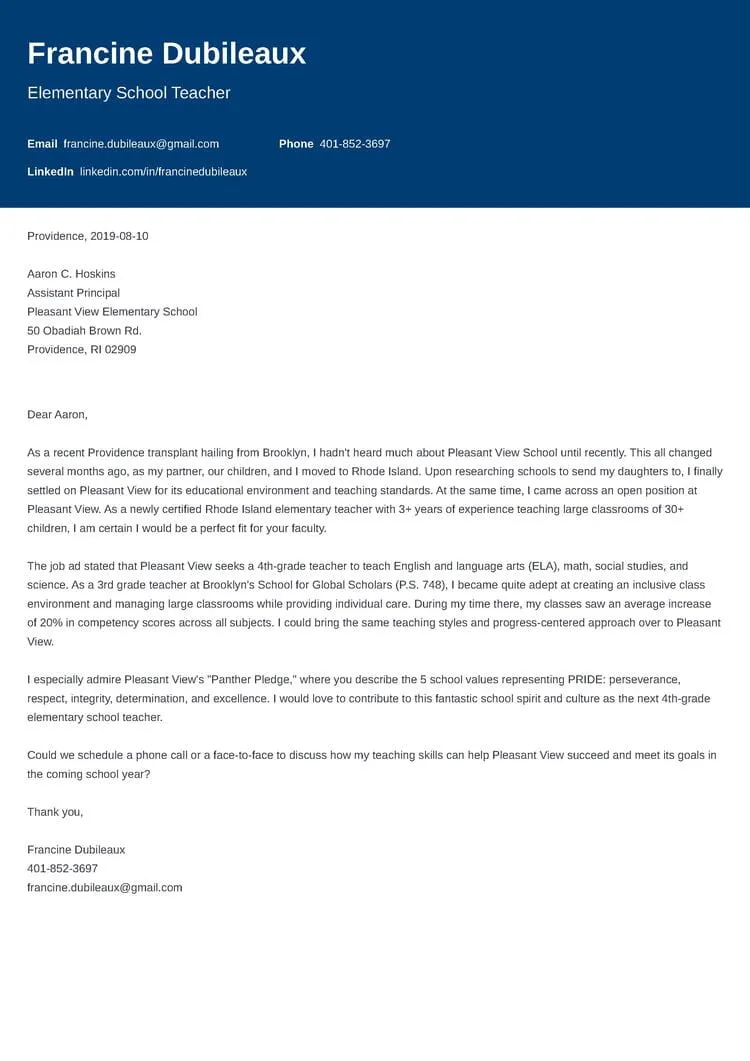
Before submitting your cover letter, proofread it carefully. Errors in grammar or spelling can create a negative impression and make you appear careless. Ask a friend or colleague to review your cover letter and provide feedback. A fresh pair of eyes can often catch mistakes you might miss. Take the time to edit your cover letter, ensuring that it is well-written, error-free, and presents you in the best possible light. Proofreading is a crucial step in writing a successful cover letter.
Checking for Grammatical Errors
Pay close attention to grammar. Check for subject-verb agreement, correct tense usage, and proper punctuation. Use a grammar checker tool, but don’t rely on it entirely. Sometimes, grammar checkers can miss subtle errors or provide incorrect suggestions. Read your cover letter aloud to catch any awkward phrasing or grammatical errors. Eliminate any unnecessary words or phrases to make your writing clear and concise.
Ensuring Clarity and Conciseness
Keep your cover letter concise and to the point. Hiring managers are busy, so they don’t have time to read lengthy cover letters. Aim for one page and include only the most relevant information. Use strong action verbs to describe your accomplishments and skills. Avoid using overly complex language. Make sure that your cover letter is easy to read and understand. Break up long paragraphs into smaller ones. Prioritize clarity and brevity.
Final Thoughts
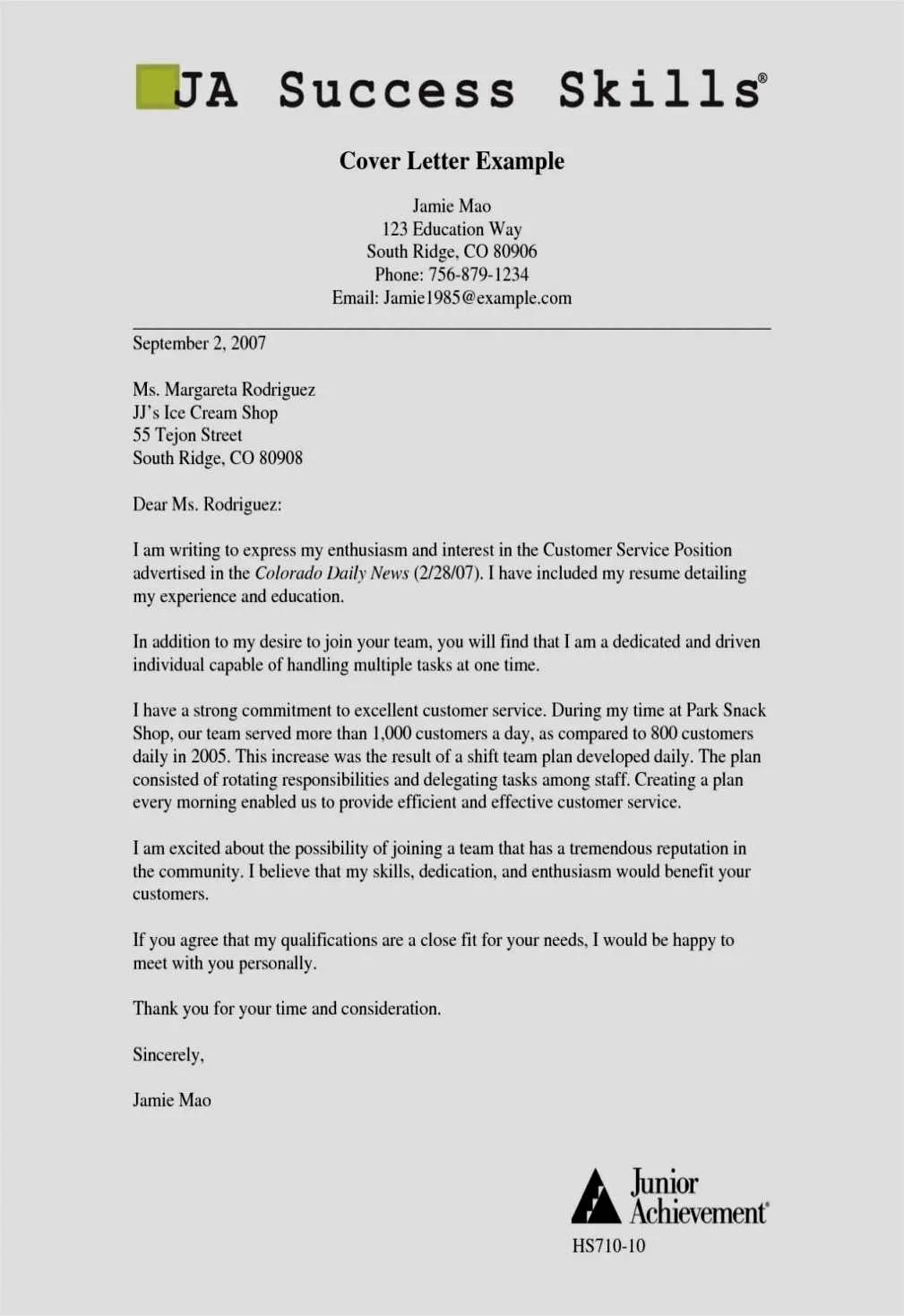
By implementing these seven secrets, you can significantly improve your teacher cover letter and increase your chances of landing your dream job. Remember to highlight your achievements, showcase your skills, demonstrate your passion, tailor your letter to the specific job, format it professionally, and proofread carefully. Your cover letter is your first impression, so make it count! Good luck with your job search!
